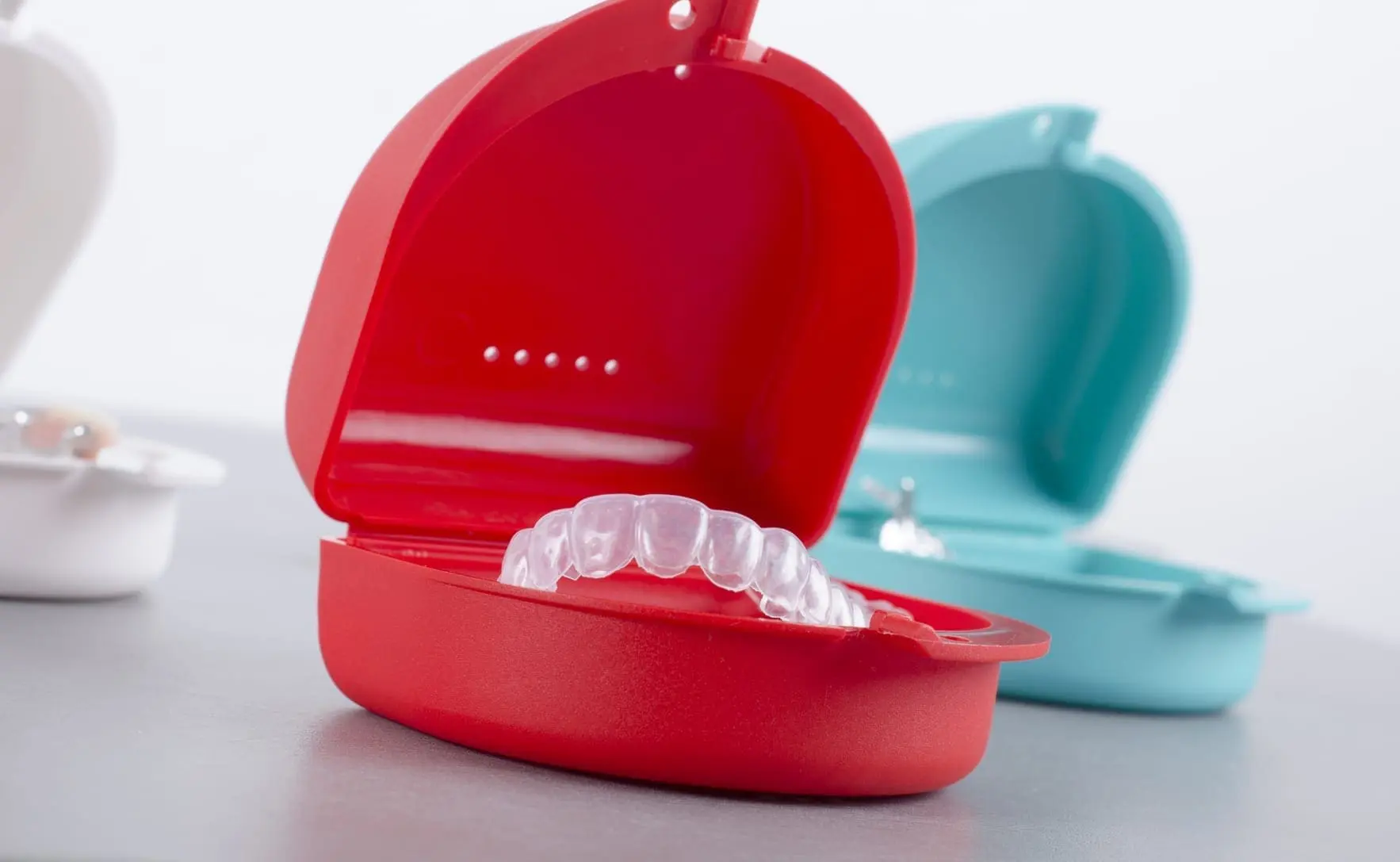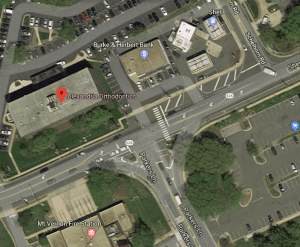When the time arrives that you’re finally getting your braces removed, you’re not 100% through with your orthodontist visits. You will be fitted for a retainer, an orthodontic appliance that is worn after braces are removed that is custom made just for you.
Like your braces, the time you’ll need to wear the orthodontic retainer will vary. Some patients are done in 4 months, others have theirs for a full year or longer. This part of an orthodontic treatment will rely a lot on the patient’s detail to following the Orthodontist’s instructions. Where the braces were doing all the work before, the patient has to contribute to reach success for that desired beautiful smile you have envisioned.
Is an Orthodontic Retainer Required?
Yes, if you don’t want your teeth to slide back into that genetic crooked and misalignment they were before. Braces are used to create a permanent “fix”, and they do, however, the teeth are still in movement mode. A retainer is needed to hold them in place until that natural movement stops.
If your orthodontist recommends a removable retainer, that doesn’t mean you decide when to wear the appliance. Follow the instructions the orthodontist provides, or you may find yourself getting braces again in the future! The wearing time for most patients is 24/7. The second most common instruction is while sleeping for a minimum of 8 hours.
After you are fitted with a retainer, you will continue having appointments with the orthodontist to check for any movement of your teeth. Adjustments are normal at these appointments, which will typically be in 30 days, then 90 days and then again 180 days for the 6-month checkup. If your orthodontic plan is to wear you retainer 1 year to 2 years, the appointments will be staggered accordingly.
Not All Orthodontic Retainers Are the Same
Retainers come in two basic types: Removable or Permanent, and your orthodontist will choose the one best for you. Which one will be based on what the original purpose was for your braces and the current condition and situation of your teeth. You may need one or the other, you may need both, it is a decision that the orthodontist makes. The different types of retainers are:
Important Note About Removable Retainers
This can’t be stated enough about removable retainers! Relapse is the biggest problem when a patient is prescribed removable retainers, especially teenagers. They are taken out to eat (or hide) and too often, they can’t be found. If the retainers aren’t worn as instructed, they can’t do their job and too often, orthodontic patients find themselves back in the chair getting fitted for braces – again.
We can’t wait to help you get the smile of your dreams!









